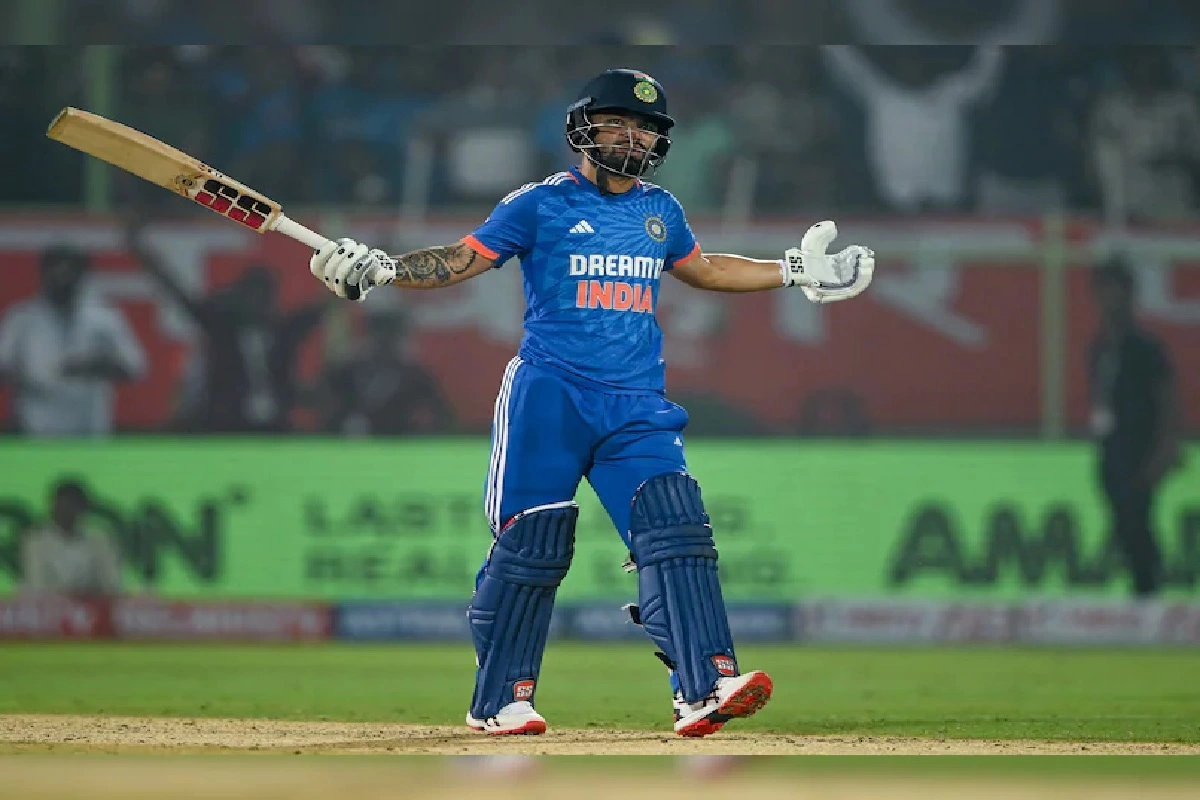
In the exciting opening Twenty20 International between Australia and India on Thursday, Rinku Singh struck a six off the final ball to lead Men in Blue to a 1-0 lead in the five-match series. However, the maximum was disregarded, and the home team was only awarded one run. Are you perplexed? Let’s examine each event in detail.
In the 209-run chase at the Dr. Y.S. Rajasekhara Reddy ACA-VDCA Cricket Stadium in Visakhapatnam, India needed seven runs off the final over. With Rinku Singh on the attack, Sean Abbott was called upon to bowl the last over.
Because Abbott overstepped on the final ball, which wasn’t a legal delivery, making it a no-ball. India then got the one run they needed to win before Rinku hit the six. In essence, the six arrived after India prevailed in the game.
The match is over as soon as a result is obtained as specified in clauses 16.1, 16.2, or 16.3.1, according to ICC Men’s T20I Playing Conditions 16.5.1. Other than what is stated in clause 41.17.2 (Penalty runs), nothing that occurs after that will be considered a part of it.
If India had need more than one run, Rinku might have added that six to his total.
Also Read: Kamya Punjabi claims she “can’t watch Bigg Boss with family anymore.”
“If a boundary is scored before the batters have completed sufficient runs to win the match, the whole of the boundary allowance shall be credited to the side’s total and, in the case of a hit by the bat, to the striker’s score,” says ICC Men’s T20I Playing Conditions.
To read more such news, download Bharat Express news apps





















